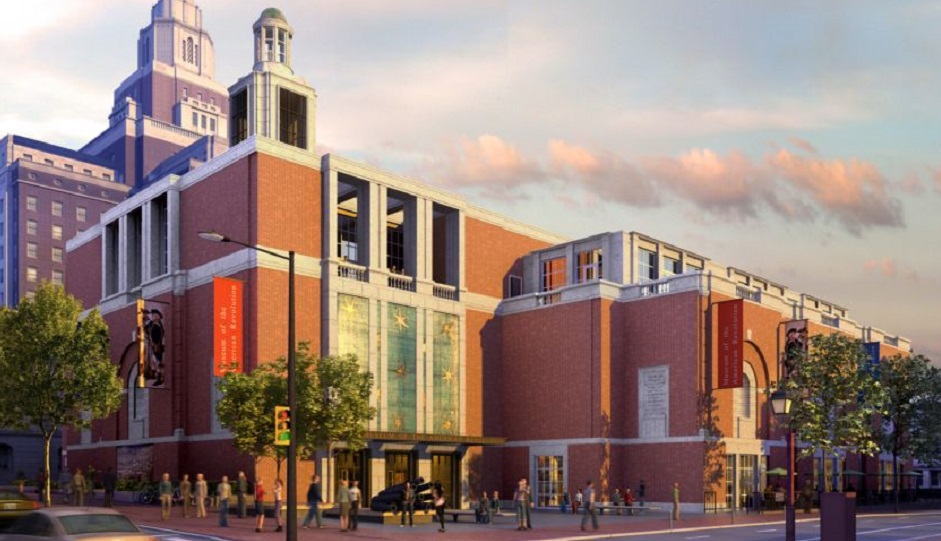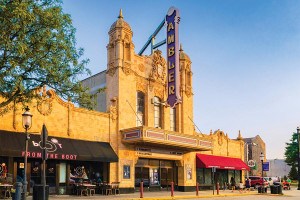The Museum of the American Revolution May Need Another Once-Over
Designing Philadelphia’s newest museum has proven to be quite a process. Last month, for example, architect Robert A.M. Stern presented renderings of the Museum of the American Revolution to members of Philadelphia’s Art Commission. The commission–whose approval the architect must have before continuing the project–was not fond of said plans.
The building was cited as being bland, but since refashioning its architecture to be more consistent with nearby landmarks (Independence Hall and others of the like), Stern’s adherence to neighborhood character (which isn’t all it’s cracked up to be) comes off as a “willful blindness,” as Hidden City editor and novelist Nathaniel Popkin writes:
Standing at Third and Chestnut, it’s easy to see rich layers of Philadelphia’s diverse architectural history, far beyond the fetishized “colonial.” There are two Greek Revival gems in the First Bank of the United States and the Merchants’ Exchange, the antebellum cast-iron banks of Chestnut Street’s “Banker’s Row,” the modernist Society Hill Towers and Constitution Place, the neocolonial U.S. Customs House, and the postmodern Benjamin Franklin House. All this literally enfolds the museum site.
Variety in the streetscape isn’t helped by the planned plain entryway–an entryway that doesn’t speak at all to what the museum celebrates. As Popkin notes: “Revolutionaries are practiced opportunists who exploit even small openings to effect large-scale change. The entry plaza is such an opening. ” Ouch.
Other shortcomings include a faux cupola (oh, geeze) and blank brick wall facing Chestnut Street (seriously?).



